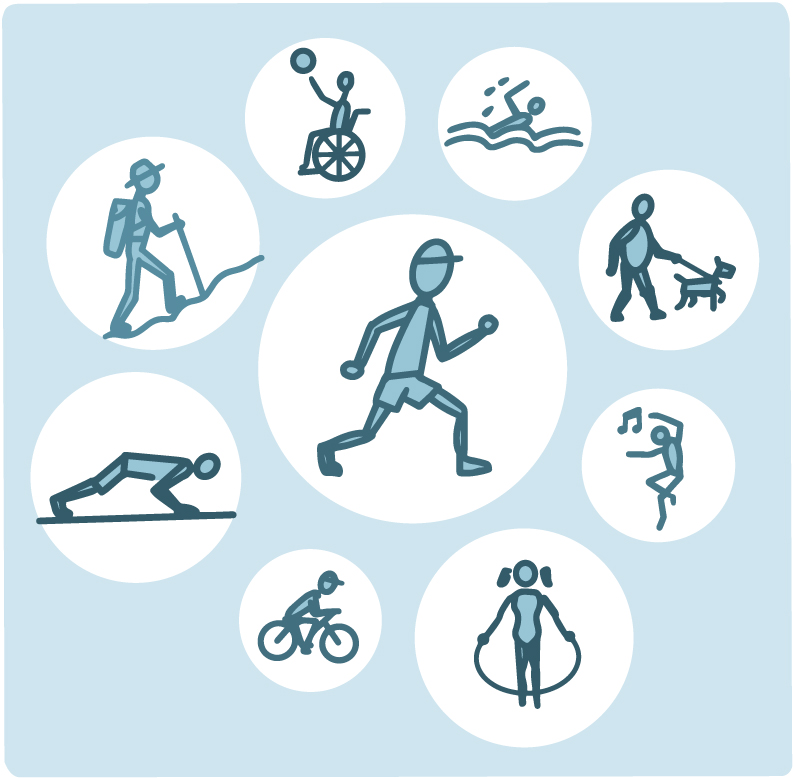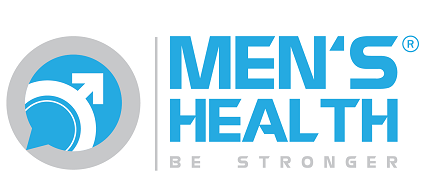Prostate cancer is one of the most common cancers affecting men worldwide. As men age, concerns about prostate health grow, prompting many to ask: can exercise and physical activity reduce the risk of developing prostate cancer? Emerging scientific evidence suggests that leading an active lifestyle may indeed help lower the risk and improve outcomes for men diagnosed with this disease. This article explores the connection between exercise and prostate cancer, highlights key research findings, and provides practical advice for men seeking to protect their prostate health through physical activity.
I. Understanding Prostate Cancer: A Growing Concern
Prostate cancer is the second most frequently diagnosed cancer among men globally and a leading cause of cancer-related deaths. The World Health Organization (WHO) estimates that over 1.4 million new cases were diagnosed worldwide in 2020, with incidence rates rising due to aging populations and improved screening methods.
While age and genetics remain the primary risk factors, lifestyle choices—including diet, smoking, and physical activity—play a significant role in influencing prostate cancer risk. Preventive strategies that incorporate regular exercise have gained attention for their potential to reduce the burden of this disease.

II. What Does Research Say About Exercise and Prostate Cancer Risk?
1. Reduced Risk of Aggressive Prostate Cancer
Several large studies have explored the relationship between physical activity and prostate cancer risk. A 2016 meta-analysis published in European Urology analyzed data from multiple studies and found that men who engaged in regular vigorous physical activity had a 10-20% lower risk of developing advanced or fatal prostate cancer compared to inactive men. This suggests that exercise may be particularly effective in reducing the risk of aggressive forms of the disease.
2. Improved Survival and Quality of Life
Physical activity doesn’t just help prevent prostate cancer; it also benefits men after diagnosis. Research published in the Journal of Clinical Oncology in 2011 showed that men who exercised regularly following a prostate cancer diagnosis had significantly improved survival rates and a lower risk of disease progression. Exercise was also linked to better mental health, reduced fatigue, and improved overall quality of life.
3. Biological Mechanisms Behind the Protective Effect
Exercise may reduce prostate cancer risk through several biological pathways:
- Inflammation Reduction: Chronic inflammation is associated with cancer development. Regular physical activity helps lower systemic inflammation.
- Hormonal Regulation: Exercise influences hormone levels, including testosterone and insulin, which can affect prostate cancer growth.
- Immune System Enhancement: Physical activity boosts immune surveillance, helping the body detect and eliminate abnormal cells.
- Weight Management: Maintaining a healthy weight through exercise reduces obesity-related risks linked to aggressive prostate cancer.

III. Types of Exercise Beneficial for Prostate Health
1. Aerobic Exercise
Activities such as brisk walking, jogging, swimming, and cycling improve cardiovascular health and help reduce body fat, which is linked to prostate cancer risk. Aerobic exercise is often recommended as the foundation of any fitness program.
2. Resistance Training
Strength training, including weightlifting and bodyweight exercises, builds muscle mass and improves metabolic health. Resistance training may also positively influence hormone levels and insulin sensitivity.
3. Flexibility and Mind-Body Exercises
Yoga, stretching, and tai chi contribute to stress reduction and improved flexibility. These activities support mental well-being and may indirectly benefit prostate health by lowering stress-related inflammation.
IV. How Much Exercise Is Recommended?
Health authorities like the American Cancer Society and the World Cancer Research Fund recommend that adults:
- Engage in at least 150 minutes of moderate-intensity aerobic exercise per week (e.g., brisk walking).
- Or 75 minutes of vigorous-intensity aerobic exercise per week (e.g., running).
- Include strength training exercises targeting major muscle groups at least two days per week.
Even moderate increases in physical activity can yield significant health benefits. The key is consistency and making exercise a regular part of daily life.
V. Additional Benefits of Exercise for Prostate Health
Besides potentially lowering prostate cancer risk, physical activity offers other advantages:
- Improved Urinary Function: Exercise may reduce symptoms of benign prostatic hyperplasia (BPH), such as frequent urination and urgency.
- Weight Control: Obesity is linked to worse prostate cancer outcomes; exercise helps maintain a healthy weight.
- Mental Health: Exercise reduces anxiety and depression, common among men facing prostate health challenges.
- Overall Wellness: Regular physical activity supports cardiovascular health, bone density, and muscle strength.
VI. Practical Tips for Incorporating Exercise Safely
Men, especially those over 40 or with pre-existing health conditions, should approach exercise thoughtfully:
- Consult a Healthcare Provider: Before starting a new exercise regimen, discuss your plans with your doctor, especially if you have heart or joint issues.
- Start Gradually: Begin with low-impact activities like walking or swimming, then gradually increase intensity and duration.
- Mix Exercise Types: Combine aerobic, resistance, and flexibility exercises for balanced benefits.
- Set Realistic Goals: Aim for achievable milestones to maintain motivation.
- Stay Consistent: Regularity is more important than intensity; even daily short walks count.

VII. The Role of Men’s Health Vietnam Center in Prostate Cancer Prevention
Men’s Health Vietnam Center specialize in male-specific health concerns, including prostate cancer prevention and management. These clinics provide:
- Personalized exercise and lifestyle counseling tailored to individual risk factors.
- Comprehensive prostate screening services such as PSA testing and digital rectal exams.
- Nutritional guidance to complement physical activity and reduce cancer risk.
- Support services for men diagnosed with prostate cancer, including rehabilitation and mental health resources.
Partnering with a Men’s Health Vietnam Center can help men develop a holistic approach to prostate health, combining exercise, diet, and medical care to optimize outcomes.
- Address: 7B/31 Thanh Thai Street, Ward 14, District 10, Ho Chi Minh City, Vietnam
- Website: menhealth.vn
- Fanpage: facebook.com/trungtamsuckhoenamgioi
- Contact: (+84) 902 353 353
 0902 353 353
0902 353 353 Giờ làm việc: 08:00 - 20:00
Giờ làm việc: 08:00 - 20:00 7B/31 Thành Thái, Phường Diên Hồng, TPHCM
7B/31 Thành Thái, Phường Diên Hồng, TPHCM
